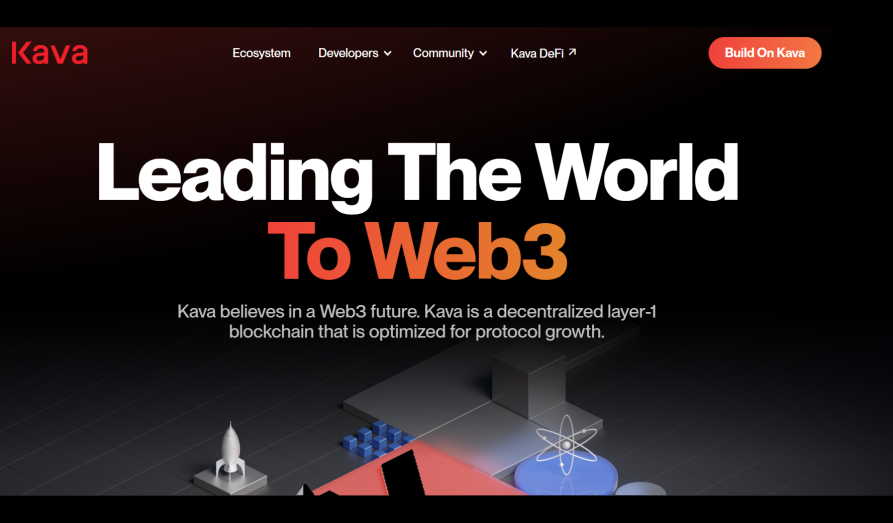


Kava Token is the governance token on the Kava Chain. It is used for voting and proposals on the network, such as the type of dApps and supported assets, acceptable assets for debt collateral, the ratio, fees, savings rate, and debt limits. The token serves three main uses on the platform: governance, security, and mechanical functions. It is a Proof of Stake staking asset to ensure loan safety on the protocol and acts as a "lender of the last resort" if necessary. It can also be staked to gain rewards on exchanges, via delegation, or by running your staking node directly from the protocol.
A Bit About Kava
Brian Kerr, Ruaridh O'Donnell, and Scott Stuart founded the token and its chain via Kava labs in 2018. It is one of the chain's native tokens. It also serves as a Proof of Stake staking asset to ensure the safety and finality of loans and as a lender of last resort. Token holders can stake rewards by depositing the tokens at a staking service that accepts them. Users can deposit their tokens on an exchange and receive rewards. A part of the token emissions gets distributed as incentives that scale the network and enhance network growth. The economic incentives for the validators earn KAVA as block rewards, and the top 100 nodes can be staked. A downside to staking is that users must wait 21 days for their stake to unbind, and liquidity prices may alter their reward price.
Help to lead the world to a decentralized Web3 future with Kava coinCryptoLists.com
It's a governance token that lets its holders make critical decisions and vote on proposals. Some issues holders can vote on include: the debt limits, acceptable assets for debt collateral, types of supported assets and decentralized apps, and the fees and saving rates of financial instruments. Proposals holders can vote on include those impacting the SAFU fund and treasury allocation. It also serves security and mechanical purposes on the Chain. Validators risk losing the token during staking because of the strict slashing rules, such as double signing transactions and lack of ensuring high uptime.
Utility of Kava?
Token holders on the protocol can use it to stake and gain rewards. One of the ways they can stake for rewards is through exchanges that support the token. Another way users stake the token is by running a staking node directly from the protocol. It uses nodes and results in inflationary block rewards. An advantage is that anyone can run it as it does not need technical expertise.
It's also used for governance by token holders to vote on critical matters and proposals on the network. Holders can decide on the kind of assets supported, debt relations with the token, and fees and rates for financial instruments on this network.
A part of the token can be used as an incentive to scale the network and drive growth and encourage competition to enhance the ecosystem's performance.
Kava Price details
ETH Contract address: 0x0C356B7fD36a5357E5A017EF11887ba100C9AB76›› Details & Tokenomics
›› KAVA tokenomics and social media
Advantages of Kava
 + Holders can vote and make decisions on the protocol's rules.
+ Holders can vote and make decisions on the protocol's rules.+ Offers staking rewards to its users.
+ The token maintains the network's security.
+ KAVA offers low-interest rates as a lender of last resort.
+ It is used as an incentive for scaling the network.
Disadvantages
- KAVA requires hardware and management cost to run validators.
- High transaction fees to prioritize speedy transactions.
- Strict slashing staking.
- Liquidity in the market could affect prices.
Costs
▪ Rated at 9.6/10For this token, the fees are optional and may be included when the network becomes busy. The costs can be added to prioritize the fast completion of a transaction. Transactions on the chain consume gas proportional to the computation and state access. Large transactions use increased gas and potentially increase the fee involved.
Reputation and Buzz
▪ Reputation rated at 9.1/10▪ Buzz rated at 8.6/10
Its online community and holders are excited as they play a significant part in its operations. By owning the token, they vote on important proposals and critical matters. The Twitter account has amassed over 190,000 followers, and the users discuss their token interaction and development in governing the Kava chain. Users only complain about the 21-day holding after you unbind the stake of the token. Users also like that the website provides news and announcements about events involving the token. The holders believe that governance proposals and votes can make them improve their Web3 future.
FAQ
When was it released?
Although it's been through various updates and iterations, the token was launched in 2019. You can see more in the history section of this review.
On which exchanges can I buy this token
You can find the exchanges where it's available at the bottom of the page.
Which other native assets are on the blockchain?
KAVA is one of the native assets alongside SWP, USDX, and HARD.
History of Kava
2018 - Kava labs invent the Kava token.
October 2019 - The token is released to much fanfare.
28th September 2022 – Sushi deploys to Kava, debuting major UI overhaul.
26th October 2022 – Introducing Kava 11, which unlocks exponential growth.
Screenshots from Kava
More sites where to buy/sell/trade Kava
Below you can see some other platforms, exchanges and/or brokers where you can buy, sell or trade this token. Click on the logo to read our review.Remember to never risk money that you can not afford to loose. Crypto currencies is highly volatile, unregulated in most EU countries, no EU protections & not supervised by the EU regulatory framework. Investments are subject to market risk, including the loss of principal.
Kava details and tokenomics
MATIC Contract address: 0x87D32F2C0A3D6D091772890C81E321026454a125
BEP10 Contract address: KAVA-10C





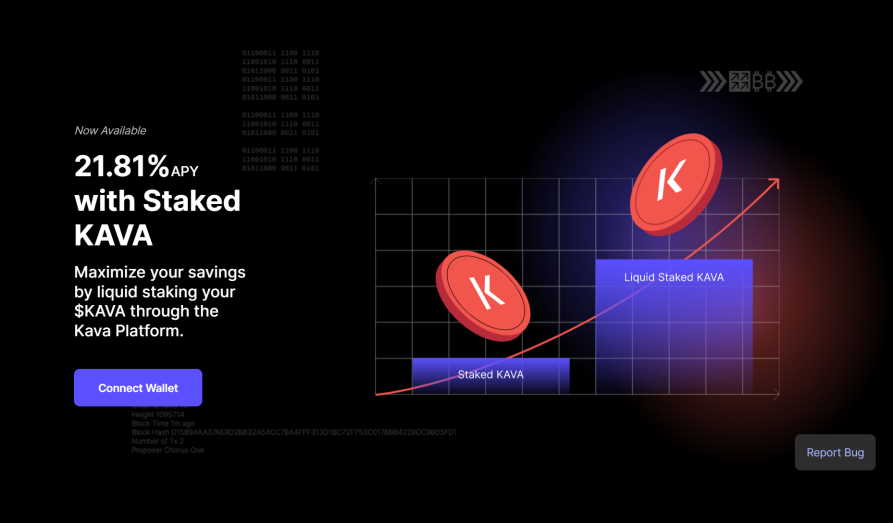
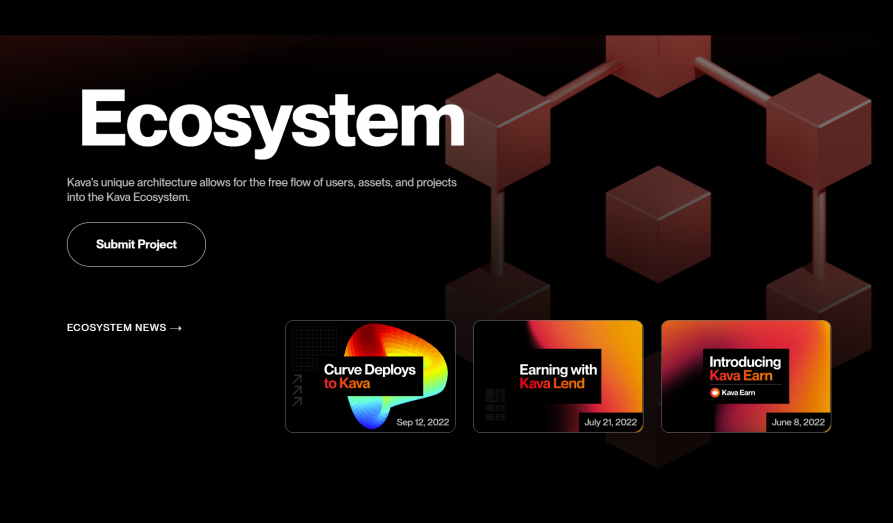














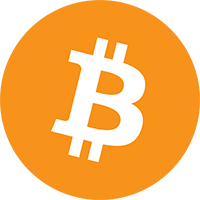




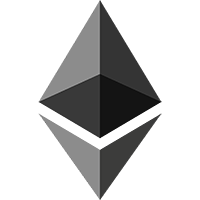

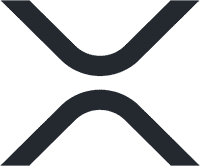


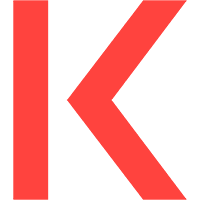 Kava coin still in bear market: turning soon?
Kava coin still in bear market: turning soon?























